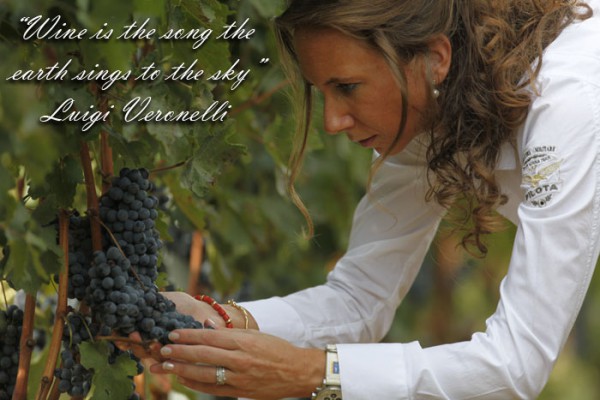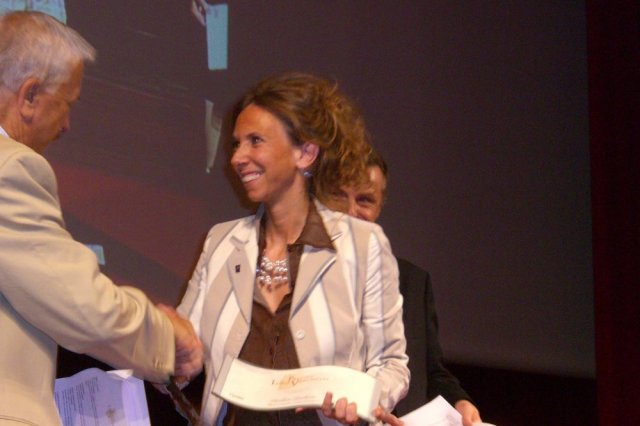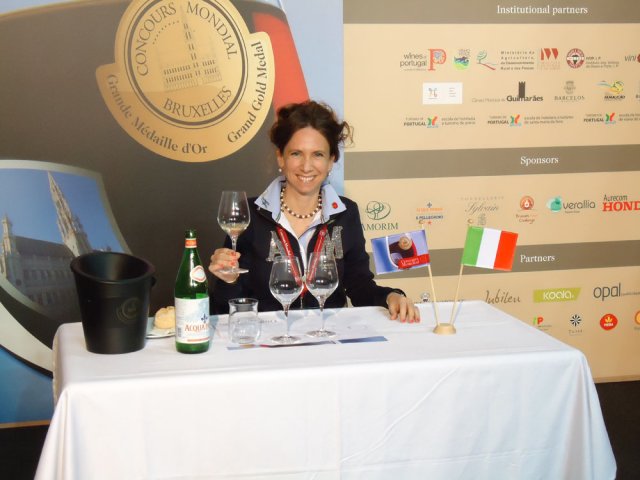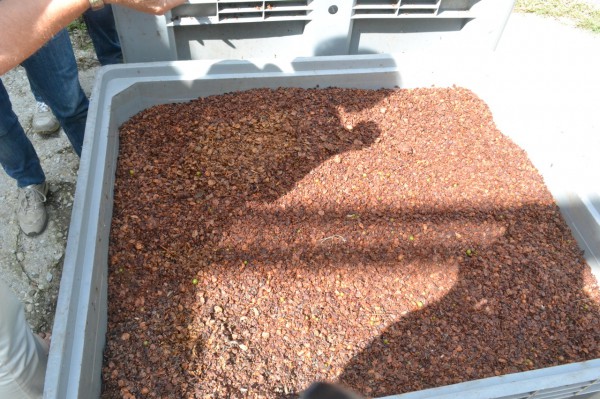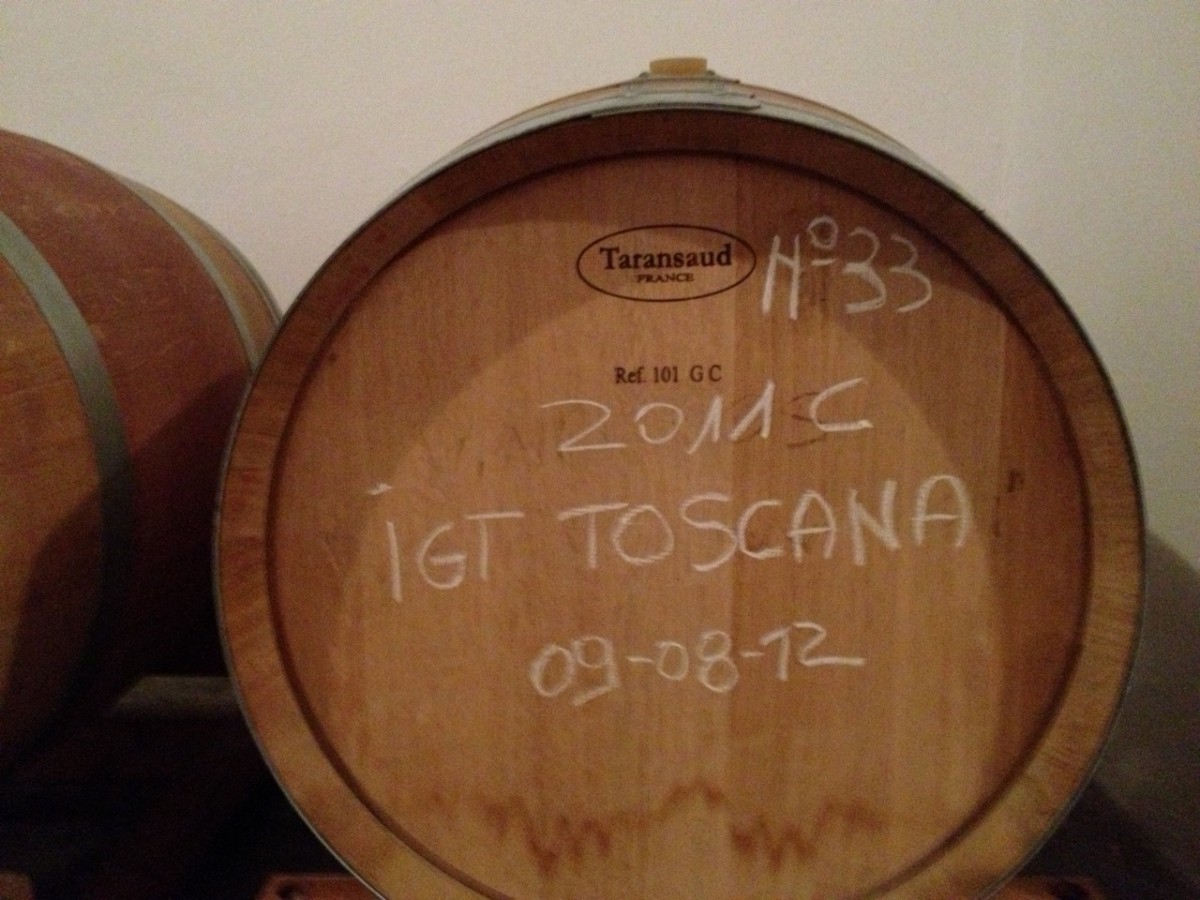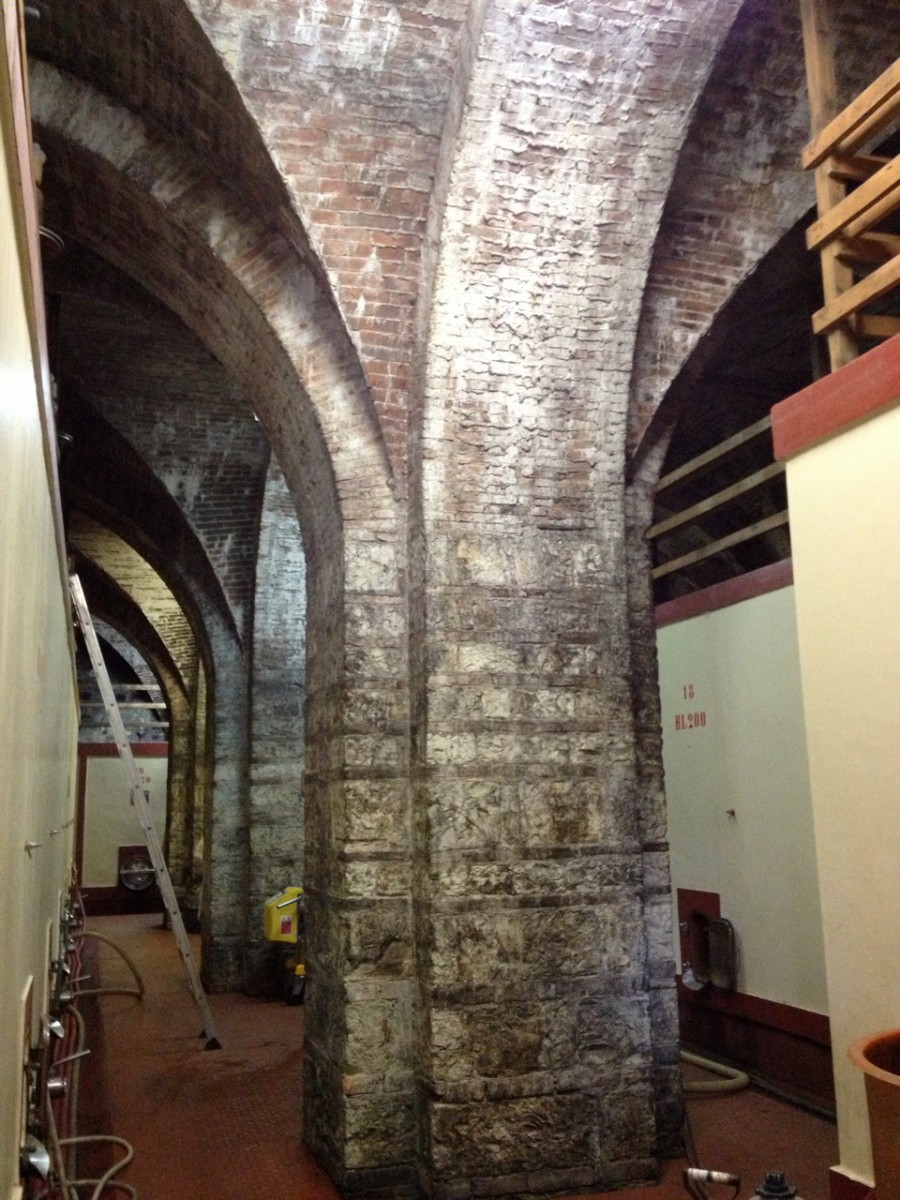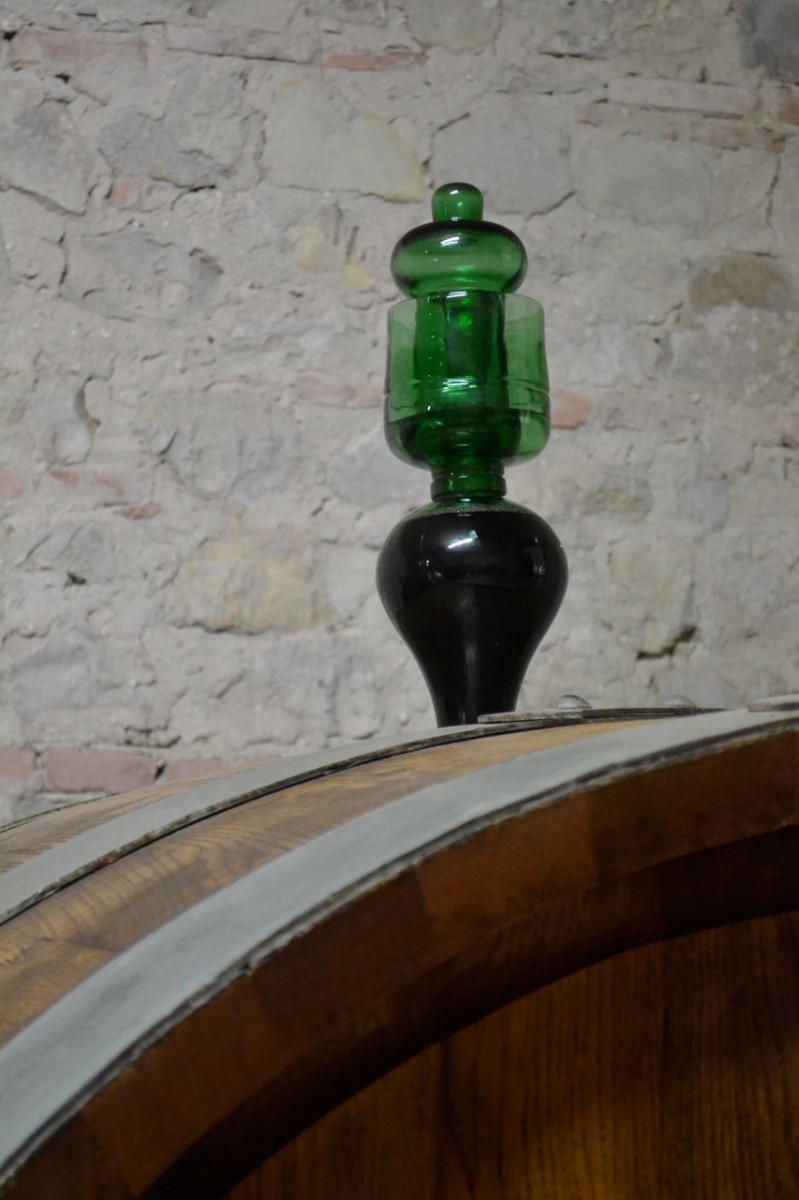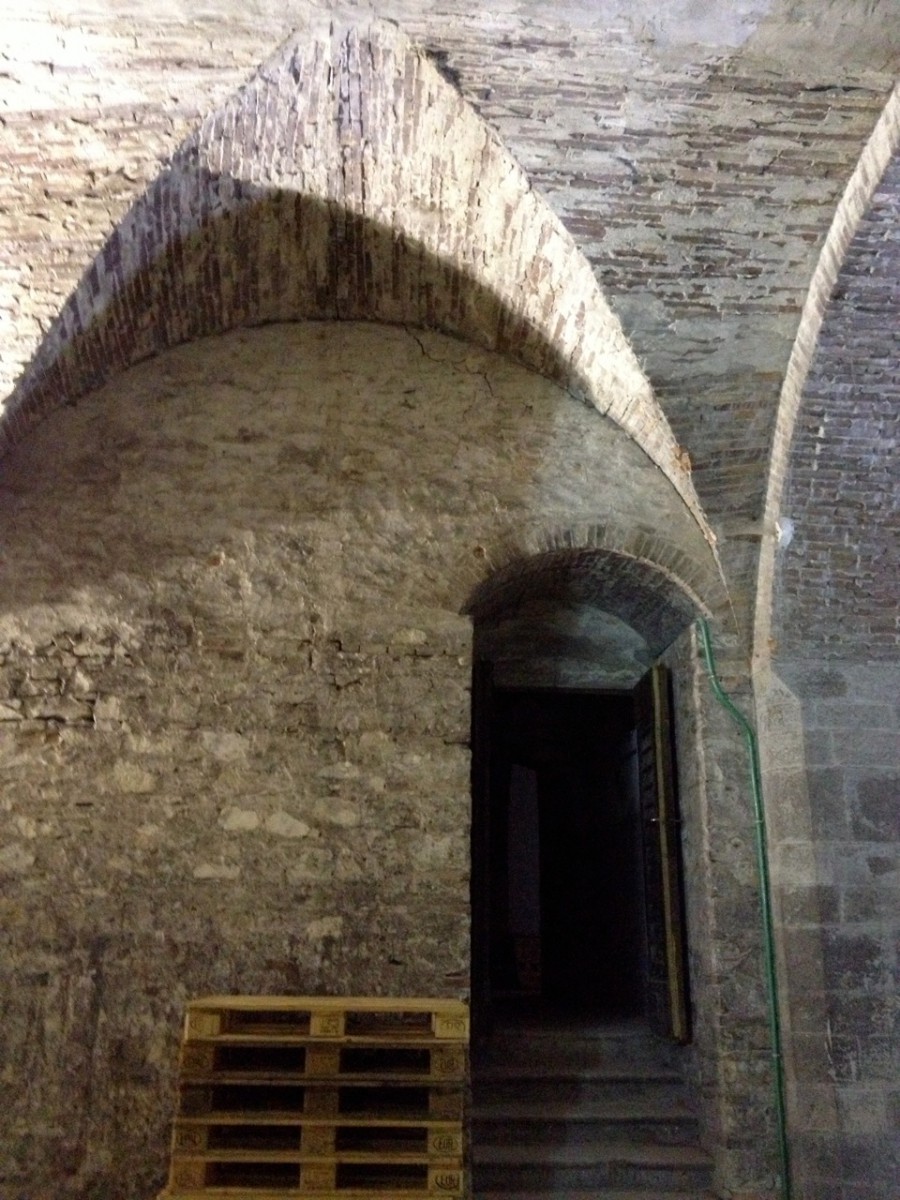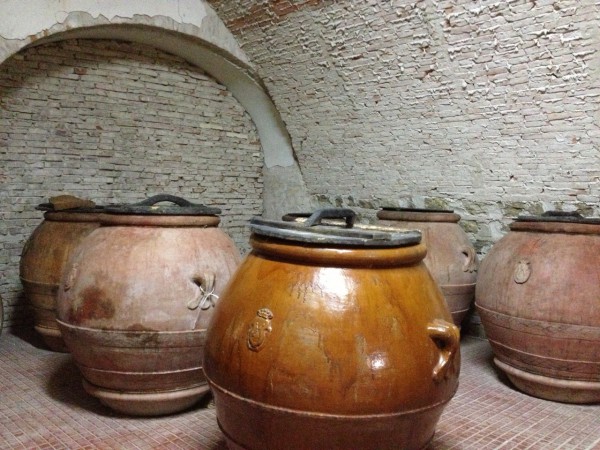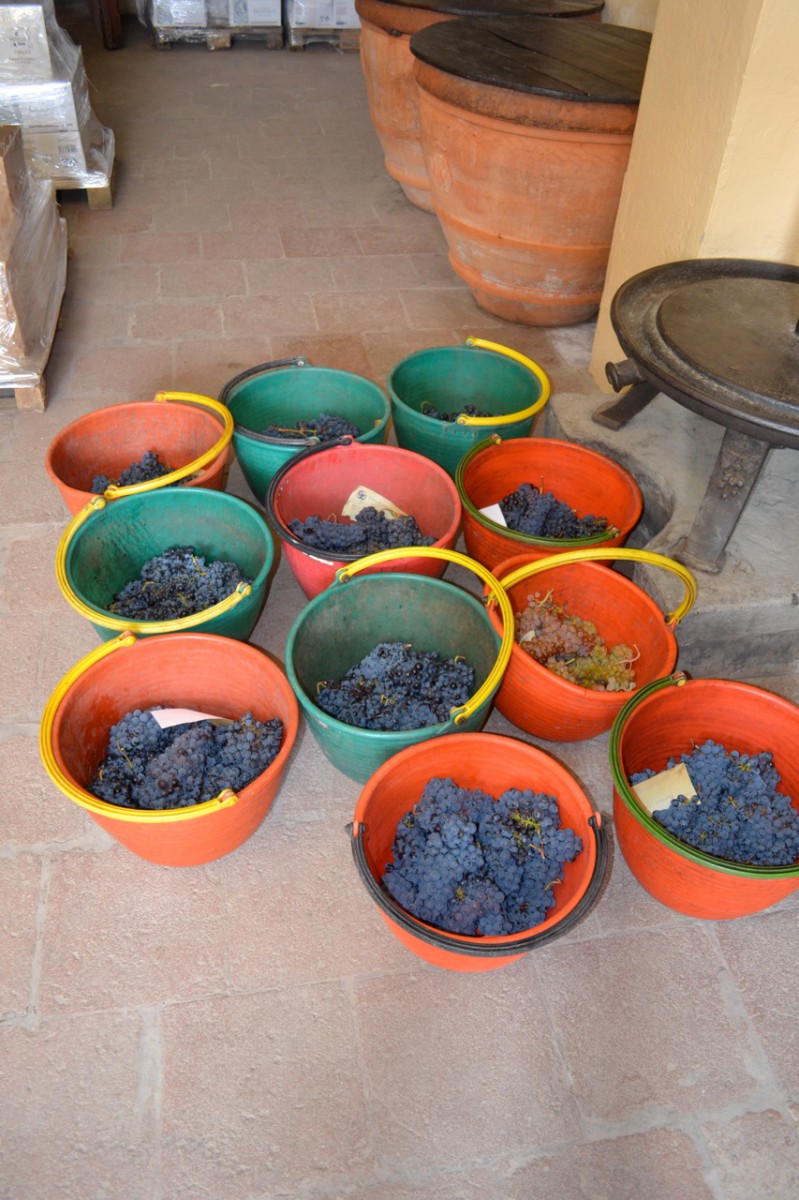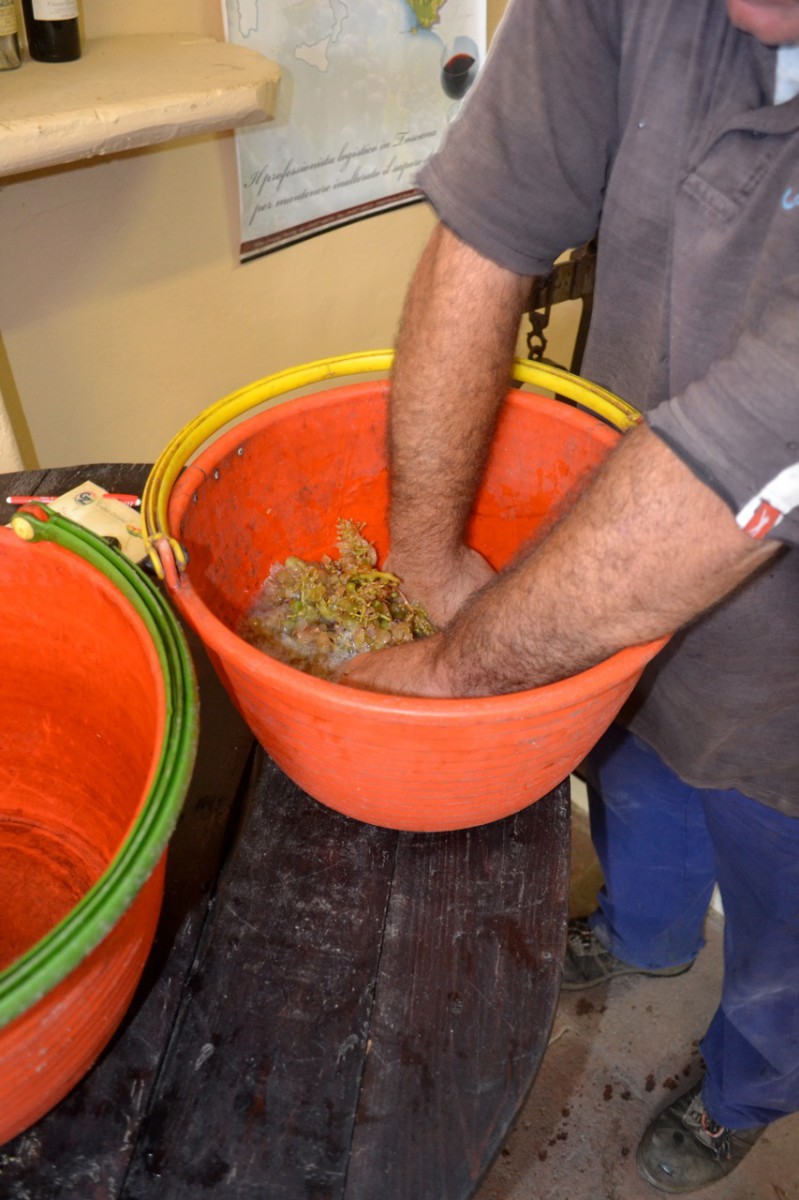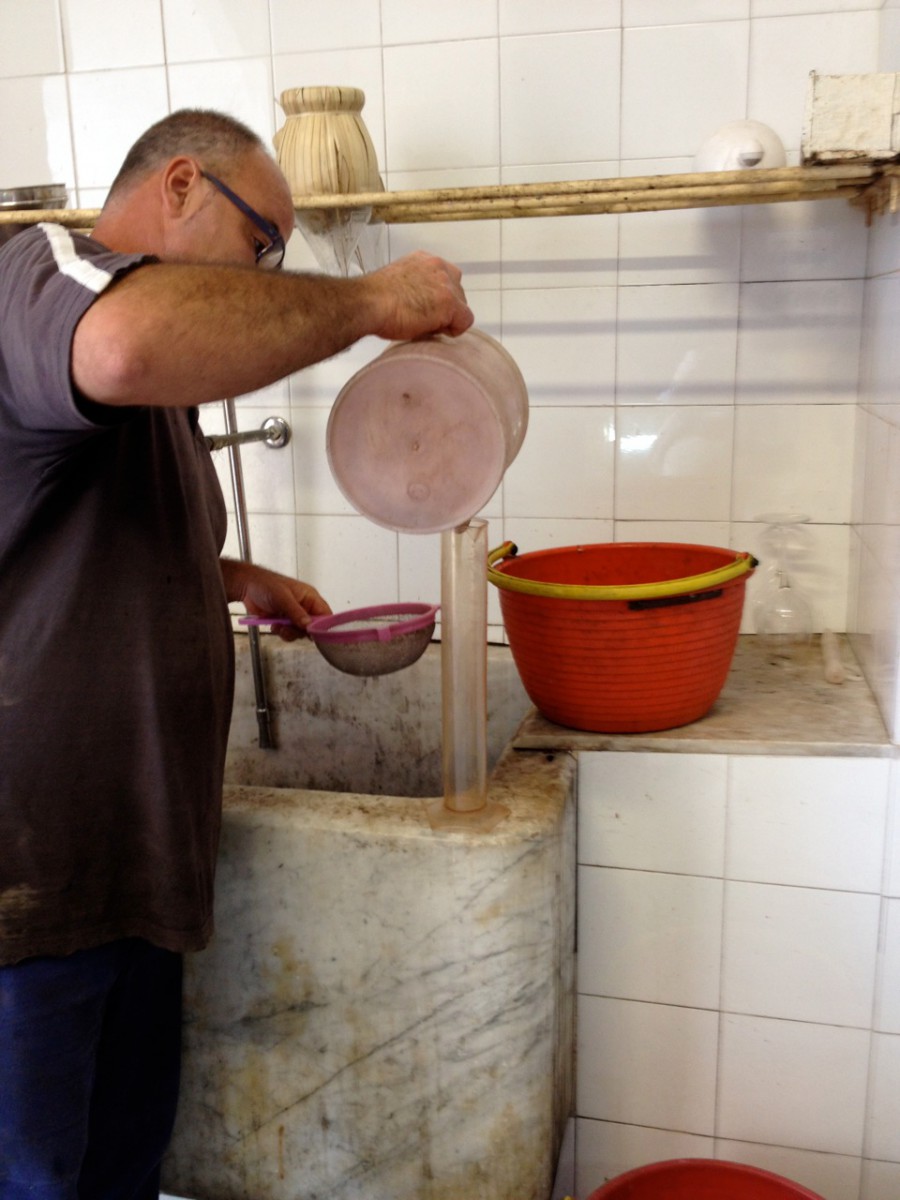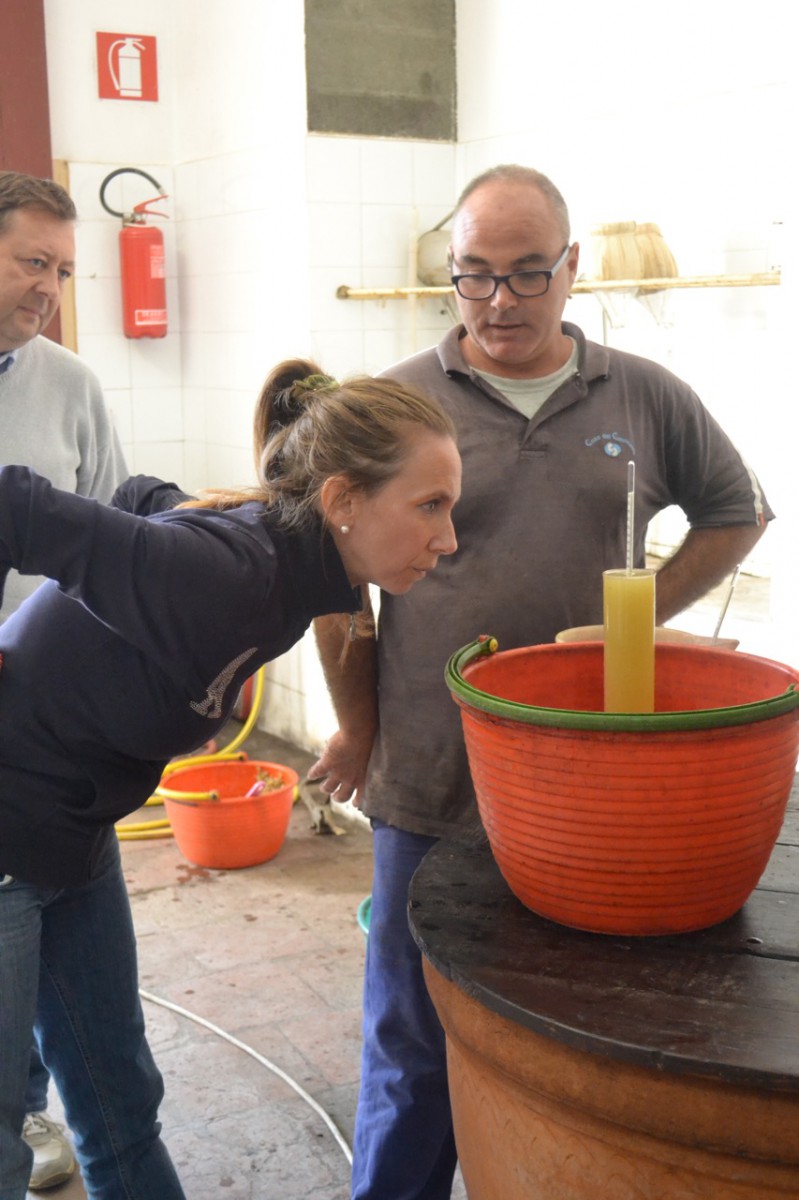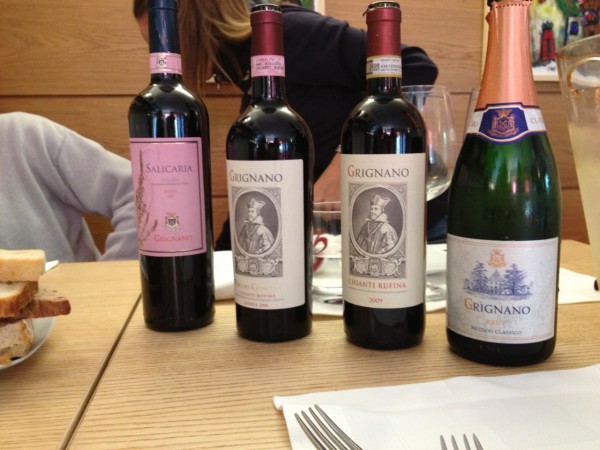First the place:
There are seven zones of wine regions in Tuscany and we were in the North East close to the river. The estate has 50 hectares of vineyards and a very interesting history.
On the place of the ruins sat an ancient Roman fort which became the medieval Castle of Vico. In the fifteenth century, the estate was gifted by Catherine de Medici to the family of the Marquises Gondi who built the villa of Grignano in the middle of a vast estate that stretched from the Sieve river into the hills above the town of Pontassieve.
ln 1972 the villa and the entire estate were purchased by the lnghiramis’ family, one of the most famous and representative brand in the Italian fashion world.
Today, the estate covers nearly 600 hectares including 47 farms, each one characterized by its own history and architectural style. It encloses sown fields and woods, but its main activity focuses on the estate vineyards and olive groves. *
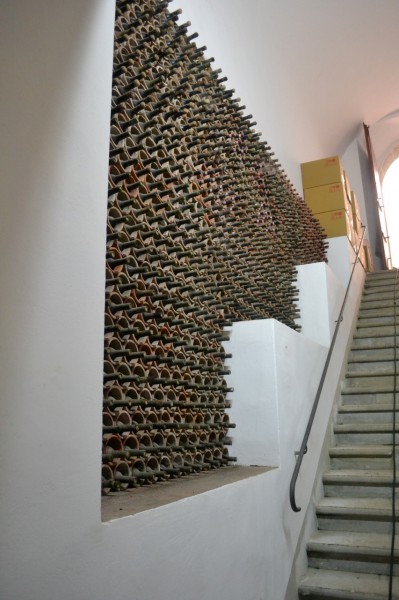
I first met Barbara Tamburini in 2008 when she was invited by the Italian Trade Commission to be the keynote speaker at the Awards Lunch held annually during the Vancouver International Wine Festival. So when I knew I would be travelling to Italy and the Tuscany area I contacted Barbara to arrange a visit.
Not surprisingly September is a very busy time for winemakers in Italy so we arranged to meet and join Tamburini while she was working at Fattoria di Grignano located near the town of Pontassieve.
Barbara Tamburini is one of the most extraordinary women I have had the privilege of meeting and spending time with. Generous, kind, articulate, intelligent and hardworking come to mind when describing Barbara Tamburini.
Spending time with Tamburini you quickly come to understand her passion for her work. In a country where winemakers are often of the 6th generation, or more, in a family, it is a testament to her determination that Tamburini is the first in her family to be involved in viticulture.
Starting first with the pursuit of agriculture she graduated with a degree in Viticulture and Oenology from the University of Pisa in 2000. Her career started even before graduation when she was an apprentice she received special permission to delay her Fall exams in order to continue her work with the harvest. This meant a challenge because delayed Fall exams were followed quickly by Winter exams with little time between for study. This was a challenge she met with flying colours. I think “challenge” is a pursuit for Tamburini.
Tamburini started working as a student with Vittorio Fiore, a veteran industry professional. Today they collaborate for many wineries in the Tuscan and Umbria regions. Tamburini is the consulting winemaker for more than fifteen wineries and recipient of numerous awards.
I was most impressed with her dedication to traditional ways of winemaking. In fact, it was interesting to discover that she goes to great lengths to practise a natural approach to winemaking. While touring the winery she pointed out the state of the art stainless steel vats where with grapes are stored and the process of the “crushing” begins. Each vat is equipped with a large shaft to extract the juice, or at least that is the intended use. But because Tamburini is a purist these expensive devices sit idle and the juice is extracted naturally without mechanic aid. Once the process is complete the remnants of the grape skins are returned to the vineyard.
The architecture of this particular winery is quite unique with two of the three levels underground giving a controlled environment. I noticed as we toured the winery that the oak barrels had a tube on top and was told that this was to ensure that the barrels remained full and were a way to check that no air was inside. A new invention? Actually an invention by Leonardo di Vinci.
Our tour also included the olive oil casks many of which are decades old. Fattoria di Grignano is known for their superior olive oils.
Although the gracious host, Tamburini was all business when we came to the place in the winery where the grapes were being tested. The sugar level would be the deciding factor for timing the harvest of the grapes and being September it could be any day.
Ending our day with lunch in town and the enjoyment of a bottle of the newest in the line of excellent wines produced by Fattoria di Grignano.
[wdi_feed id=”2″]


